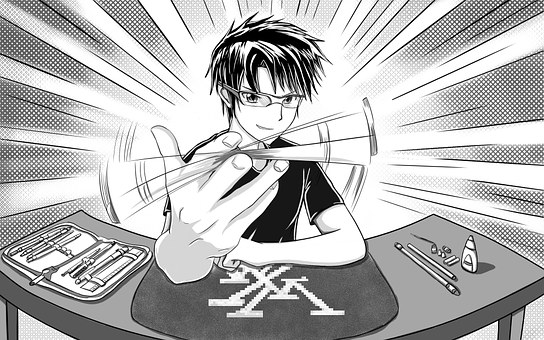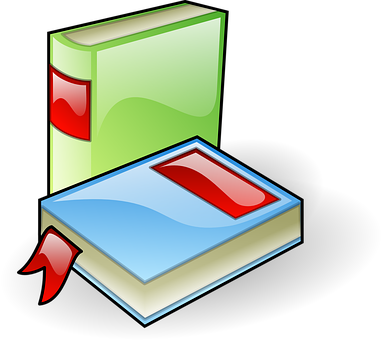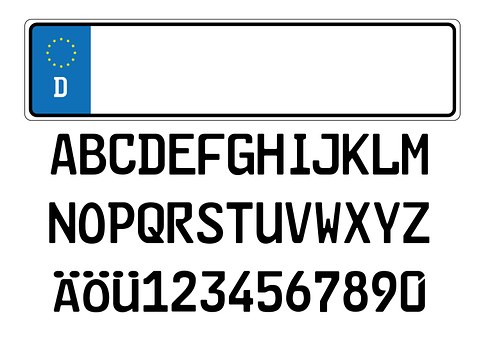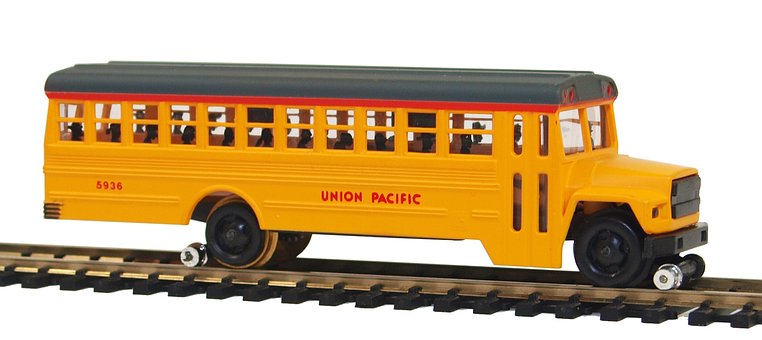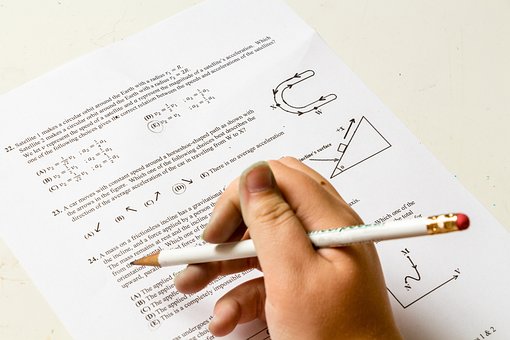 I started using EdPuzzle in my classroom this week. In case you are unaware of them, this site allows you to choose already created videos or to create your own.
I started using EdPuzzle in my classroom this week. In case you are unaware of them, this site allows you to choose already created videos or to create your own. For my Algebra II class, I created several videos at EdPuzzle, all dealing with solving systems of equations.
I signed into the site, selected a video, added questions at various points, and cut the excess off the length so it covered only what I wanted the students to see.
It was wonderful. I asked the exact questions I wanted answered. They could answer the questions correctly if they listened to the video. I used short answer questions but I could have used a multiple choice or true or false instead. If I'd chosen to, I could have created a new sound track for the video, or even inserted a comment to all the students.
I created a document with links and instructions for the whole topic of solving systems of equations either by graphing, substitution, or elimination. For the first video, they watched, and answered questions but it was obvious they were not paying close attention. Come the second video, they started repeating segments to find the correct answer. They even asked questions of material so they understood it better.
It freed me to monitor student learning. I could answer individual questions, clarify misunderstandings and all the sudden I felt like I was reaching each student rather than trying to lecture up at the front and hoping for the best.
My Foundations of Math has four groups, each working at a different level. Since I cannot teach one lesson, I'm starting to look for already created videos I can assign to students in each group. I just started and so far, it looks like its going to work well. With questions embedded into the videos, they must think about the answers.
The best thing, is that I can export the video to and assign the video to any class in google classroom. That is fantastic because I can personalize the instruction making them more independent learners. I just love using this site so much. It is actually making my job easier in the long run. Check them out.
Let me know what you think. Have a great day.

